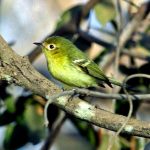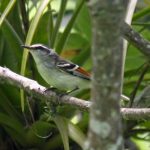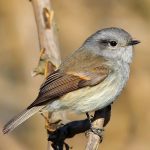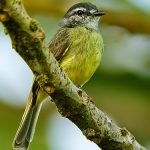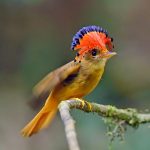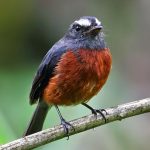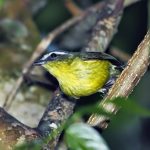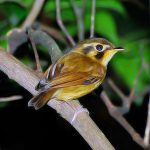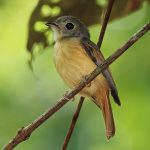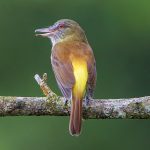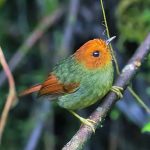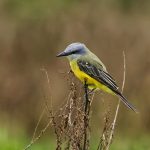Piratic flycatcher
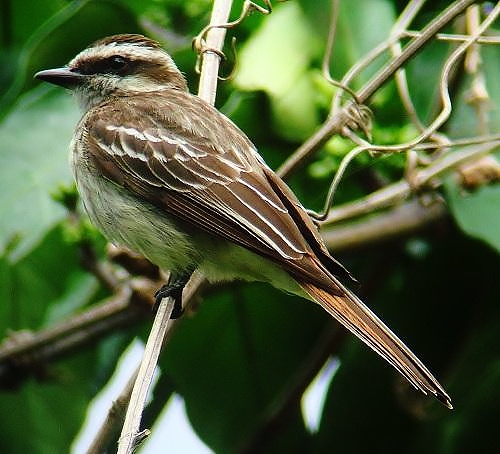
 |
| Photo by Nigel Lallsingh (Internet Bird Collection) |
Common name:
piratic flycatcher (en); bem-te-vi-pirata (pt); tyran pirate (fr); mosquero pirata (es); kurzschnabel-maskentyrann (de)
Taxonomy:
Order Passeriformes
Family Tyrannidae
Range:
This species is found from southern Mexico to southern Brazil, northern Argentina and northern Chile.
Size:
These birds are 14-15 cm long and weigh 19-32 g.
Habitat:
The piratic flycatcher is mostly found in open forests and forest edges, but also secondary savannas, coffee plantations with tall trees, pastures and arable land. They can occur from sea level up to an altitude of 1.850 m.
Diet:
Unlike most other tyrant flycatchers, adult piratic flycatcher mostly eat fruits and berries, but will catch insects, especially dragonflies, to feed their young.
Breeding:
They breed in February-August. Piratic flycatcher get their name by the fact that they appropriate domed or enclosed nests of other, often larger, bird species. Once the persistence of the flycatchers has driven the rightful owners away, their eggs are removed, and the female lays 2-4 dark brown eggs with black spots, which she incubates alone for 15-16 days. The chicks fledge 18-20 days after hatching.
Conservation:
IUCN status – LC (Least Concern)
This species has an extremely large breeding range and a global population estimated at 5-50 million individuals. Although this species may loose potential breeding habitat due to deforestation in the Amazon forest it is not threatened.
